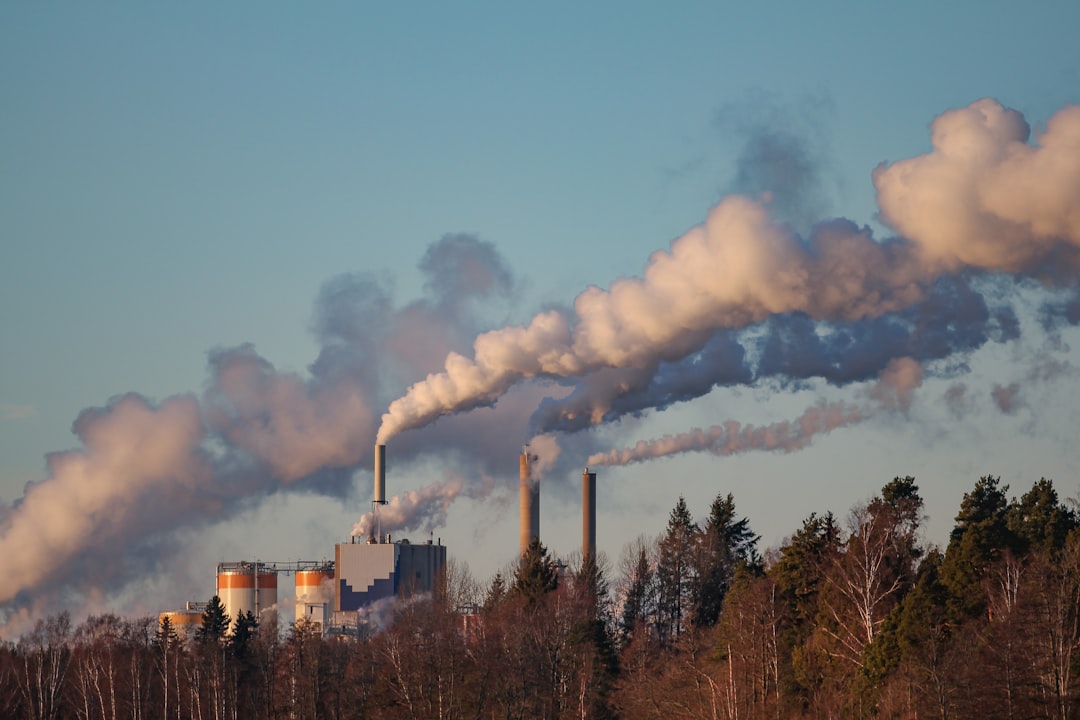body { font-family: sans-serif; line-height: 1.6; }
h1, h2, h3 { color: #333; }
h1 { font-size: 2.5em; }
h2 { font-size: 2em; }
h3 { font-size: 1.5em; }
The steel industry, a cornerstone of global infrastructure, faces increasing pressure to reduce its significant carbon footprint. Accurate and transparent reporting of carbon emissions is crucial for driving sustainability initiatives, meeting regulatory requirements, and attracting environmentally conscious investors. This comprehensive guide explores the complexities of reporting carbon emissions in the steel sector, providing a clear understanding of the process and its implications.
Understanding the Scope of Steel Emissions: Scope 1, 2, and 3
Reporting carbon emissions follows the widely accepted Greenhouse Gas (GHG) Protocol, which categorizes emissions into three scopes:
- Scope 1: Direct Emissions: These are emissions from sources owned or controlled by the steel company. In the steel industry, this primarily includes emissions from the combustion of fossil fuels in blast furnaces, coke ovens, and other production processes. Methane emissions from coal mines supplying coke are also included here.
- Scope 2: Indirect Emissions from Energy Consumption: These are emissions from the generation of purchased electricity, heat, or steam consumed by the steel plant. This scope considers the emissions associated with the energy sources used by the electricity provider.
- Scope 3: Other Indirect Emissions: This is the most complex category and encompasses emissions from sources not owned or controlled by the company but related to its operations. For steel producers, Scope 3 emissions can be significant and include:
- Upstream emissions: Emissions from raw material production (iron ore mining, coal mining, limestone quarrying), transportation of raw materials, and the manufacturing of purchased goods and services.
- Downstream emissions: Emissions from the transportation and distribution of steel products, as well as emissions associated with the use and end-of-life of steel products.
Accurately quantifying Scope 3 emissions is challenging due to the complexity of the supply chain, requiring collaboration with suppliers and using data aggregation techniques.
Methodologies for Calculating Steel Emissions
Several methodologies exist for calculating steel emissions, each with varying levels of detail and complexity. The most commonly used include:
- Life Cycle Assessment (LCA): A comprehensive methodology that assesses the environmental impacts of a product throughout its entire life cycle, from raw material extraction to end-of-life disposal. LCA provides a holistic view of emissions, including Scope 1, 2, and 3.
- Process-Based Accounting: This method focuses on quantifying emissions from specific processes within the steel production chain. It requires detailed data on energy consumption, fuel use, and material inputs for each process.
- Input-Output Analysis: This approach uses economic input-output tables to estimate emissions associated with the production of steel and its related industries. It is particularly useful for estimating Scope 3 emissions.
The choice of methodology depends on the specific needs and resources of the steel company, the level of detail required, and the availability of data.
Data Collection and Verification: Ensuring Accuracy
Accurate carbon accounting requires robust data collection and verification processes. This involves:
- Establishing a data management system: Implementing a system to collect, store, and manage emission data from various sources, including energy meters, production records, and supplier information.
- Data validation and quality control: Implementing procedures to ensure the accuracy and completeness of collected data. This may involve cross-checking data from multiple sources and conducting regular audits.
- Third-party verification: Engaging independent third-party verifiers to audit the company’s emission reporting process and confirm the accuracy and reliability of the reported data. This enhances credibility and transparency.
The quality of data significantly impacts the accuracy of reported emissions, highlighting the importance of meticulous data management.
Reporting Frameworks and Standards
Several reporting frameworks and standards guide the reporting of carbon emissions in the steel industry. These provide a structured approach to ensure consistency and comparability across companies:
- Greenhouse Gas Protocol: The most widely used standard for corporate GHG accounting and reporting, providing a comprehensive framework for categorizing and quantifying emissions.
- Carbon Disclosure Project (CDP): A global non-profit organization that encourages companies to disclose their environmental impact, including carbon emissions. CDP provides a standardized questionnaire and reporting framework.
- Sustainability Accounting Standards Board (SASB): Develops sustainability accounting standards for various industries, including steel, providing guidance on material environmental matters for investors.
- Industry-Specific Standards: Some industry associations develop specific standards and guidelines for reporting emissions in the steel sector, often building upon the broader frameworks mentioned above.
Adherence to these frameworks enhances the reliability and comparability of emission reports, facilitating informed decision-making by investors and stakeholders.
The Future of Carbon Reporting in Steel: Towards Net-Zero
The steel industry is committed to reducing its carbon footprint, with many companies setting ambitious net-zero targets. The future of carbon reporting in steel will likely involve:
- Increased transparency and data availability: Greater data sharing across the supply chain to enable more accurate Scope 3 emission calculations.
- Adoption of advanced technologies: Utilizing digital technologies to improve data collection, analysis, and reporting.
- Focus on lifecycle emissions: Shifting from solely focusing on operational emissions to considering the entire lifecycle of steel products.
- Development of new reporting methodologies: Refining existing methodologies to better capture the complexities of steel production and its associated emissions.
- Increased scrutiny and regulation: Greater regulatory pressure and investor scrutiny will drive more accurate and transparent reporting.
The journey towards a sustainable steel industry relies heavily on accurate and transparent carbon accounting, paving the way for informed decision-making and the adoption of decarbonization strategies.
Tags: Carbon emissions, Steel industry, GHG reporting, Scope 1 2 3 emissions, Sustainability reporting




